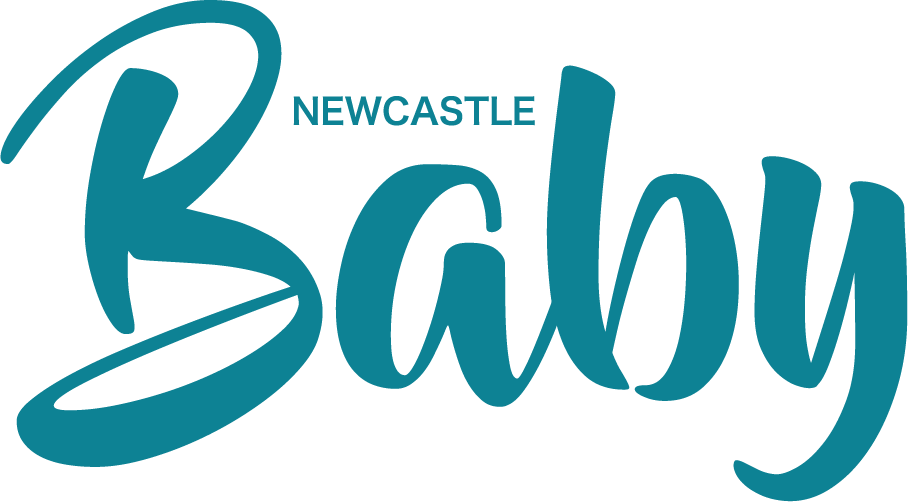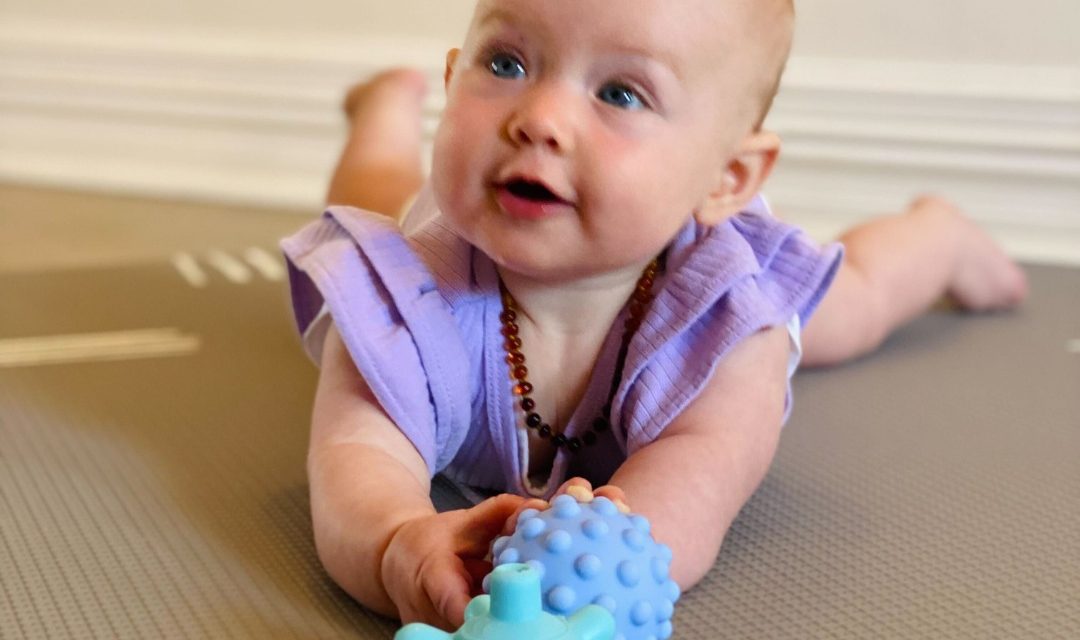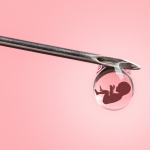Babies – perfect one day, concerning the next?
As mothers, some days we see our babies as complete perfection, other days we may wonder about little differences in the way our cherubs look or behave. A mum might see a flatter spot on the back of the skull, or the face or forehead may appear uneven. We may notice our little angel is favouring one breast or turning their head more to one side than the other. Does one eye look smaller than the other? We may reassure ourselves that we are being an over-worried mum and brush the concern aside. Interestingly, an asymmetrical head shape, and other things we may want to ignore, could be a marker of potential health challenges.
As we all know, early intervention is very important. No-one knows baby like their parent and noticing these little differences early on can be a game changer for your child’s development.
Let us look at flat heads as an example of one of the many infant issues we see at our chiropractic practice (and please know that Chiropractic care of children is extremely gentle, using light, fingertip pressure). Flat or uneven head shape (or plagiocephaly, as it is called in medical language), has become much more common since 1992, when parents began to be told to place their babies on their backs for sleep. Interestingly, it is thought that it is not so much the fact that baby sleeps on their back that causes a flat spot, but rather the lack of movement that babies do when they are placed this way when awake. Less movement results in less muscle activation and thereby less muscle tone, possibly resulting baby to favour turning the head in one direction with even the slightest difference in contraction from side to side. The resulting imbalances in muscles, spinal bones and nerves are what a chiropractor attends to.
Did you know that full and symmetrical movement patterns are essential for optimum development of your baby’s brain? Studies have shown that children with a history of flat heads have a higher risk of learning and coordination challenges in school, they may suffer speech delays and score lower on cognitive and academic tests than their peers. So, getting to this issue early is very important!
The great news is that parents can very much play an active role in helping their child reach their peak potential in life. The most effective way to increase neck strength and mobility, and thereby stimulate baby’s core and brain, is tummy time. Babies are born in flexion; arms and legs tucked in, and the spine curled. Extension of the spine and limbs is a sign that the brain and body are developing and getting stronger. This is what we want to promote by placing baby face down, encouraging them to straighten the spine and lift the head even just for 30 seconds at a time. Resting on a parent’s chest with the opportunity to lift the head and gaze into their eyes is a wonderful way to do tummy time and create connection. Be aware that if baby continues to find this position difficult, it can be a sign it may need some attention.
When is the best time to start tummy time? Many young babies loudly express their dislike of the position, and since we as parents do not wish to create stress or hurt our little ones, we often choose to delay this ‘chore’. However, the best time to start is the day baby is born!
We want to help you and baby do this ‘hard work’. Join us for our special “Tummy Time for Tiny Tots” session held the second Wednesday of every month. Your hosts are passionate, professional chiropractors with a special interest in children’s health. Mention ‘Newcastle Baby’ to get a complimentary registration.
Be well and have fun,
Dorte Bladt

To register, email info@familychiropracticcharlestown.com.au
or call 4942 4842.
Article References:
– Early diagnosis and treatment of children with skull deformations. The challenge of modern medicine A. Binkiewicz-Glińska Developmental Period Medicine, 2016
– Cognitive Outcomes and Positional Plagiocephaly
BR. Collett, Pediatrics 2019
– Case-Control Study of Neurodevelopment in Deformational Plagiocephaly ML. Speltz Pediatrics 2010
– Long-Term Developmental Outcomes in Patients With Deformational Plagiocephaly
RI. Miller and SK. Clarren, Pediatrics 2000














